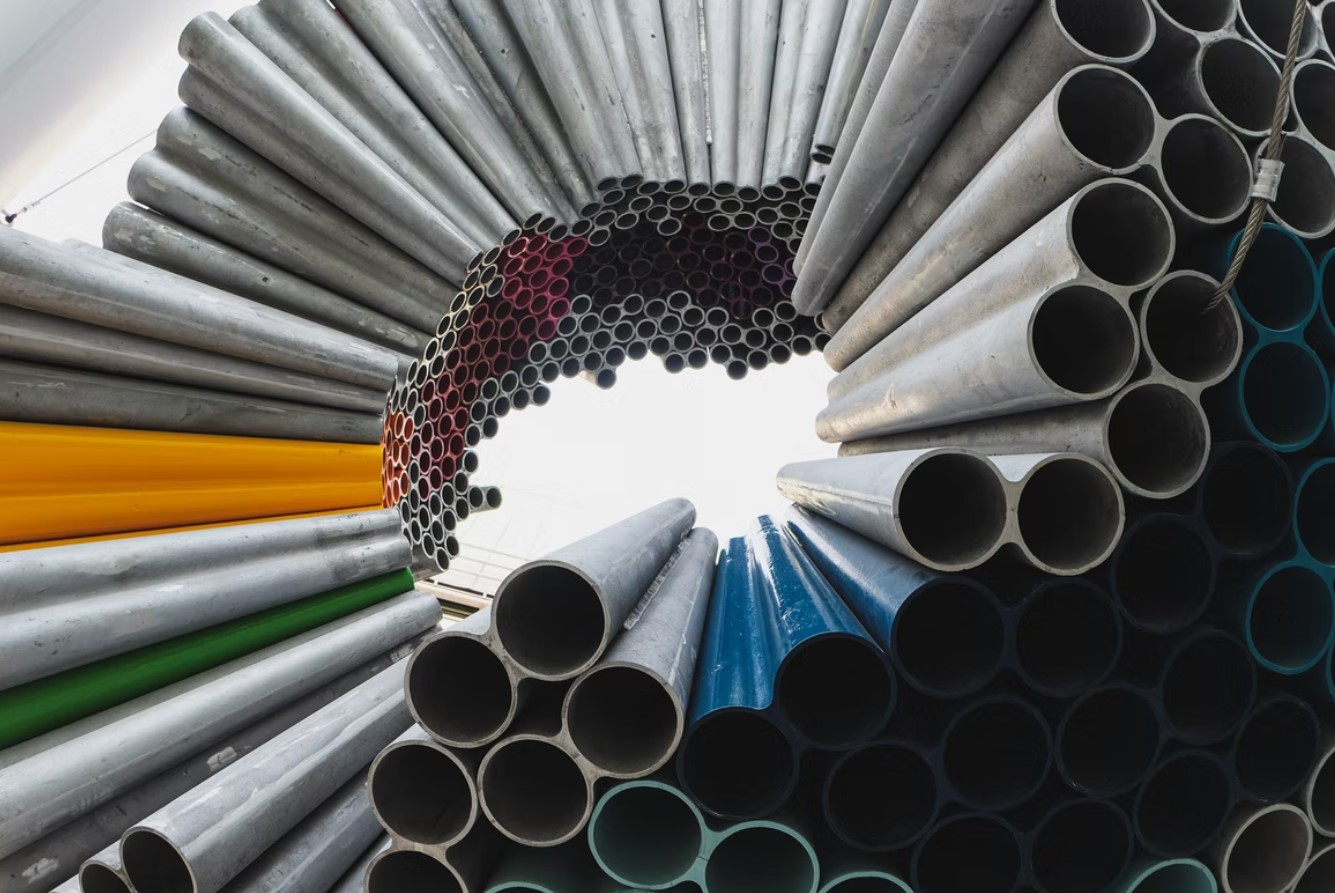

Steel is used in various applications. From kitchen utensils to structural components, it is used everywhere. But do you think that the same grade of steel is used for all different applications? No. Different grades of metal are chosen carefully for any given task or application.
Consider these important factors before you zero in on a grade of metals according to your need.
The quality of a grade can be judged based on these factors:
Strength: Whether you are looking for a strong grade of metals or looking for a softer one. Is the metal grade strong enough to handle the pressure?
Hardenability: It is the measure of how much the metal can be hardened after the heat treatment.
Ductility: It is the ability of the metal to be transformed into shapes without breaking. Whether you are looking for a ductile grade of metal or a hard one?
Toughness: It is the measure to which a metal can take stress before breaking.
These mechanical qualities come from how the steel is treated and what alloys are mixed with steel. Chromium, when added to steel, creates stainless steel, which makes it corrosion-resistant. When nickel is added, it increases the ductility of the metal. Carbon steel contains 0.1-2% of the carbon by weight, which affects hardness.
Apart from this, steel quality is also impacted by the heat treatment it receives, the temperature at which it is cooled, and the process used for hardening. The level of heat treatment is dependent on the alloying elements in the chemistry of the material
What do you need the metal for, or what will be the environment for the metal? You must know the answer to this question. Whether it will be used in high temperatures or extremely low temperatures, whether it will be exposed to road chemicals or snow, whether corrosion resistance is a major factor for you, etc.
If you are looking for corrosion resistance, austenitic stainless steel or aluminum can be your choice. Most stainless steel grades are corrosion-resistant. If easier machining is desired, T303 is a good choice. If exceptional corrosion resistance is needed (as with acidic environments) T316 is a common choice. T304 has very good corrosion resistance also and is a common go-to grade for general purpose use. If the metal will be used in high temperatures, then a range of more exotic stainless or alloy steel may be the best material.
Formability is the ability of a metal to deform without breaking. Ask yourself the question of whether the application requires good formability or not. If you are using the metal for industrial or structural purposes, then strength and toughness are of utmost importance, and for other usages, such as manufacturing kitchen utensils, screws, etc., ductility is paramount. For items to be bent of formed into a specific shape such as a countertop or angled bracket, material formability is essential.
Higher the quality, the higher the cost. When you choose a grade, learn about its maintenance, replacement, and other future costs. If you are looking for a corrosion-resistant grade of metals, such as austenitic steel grades, then it is the most expensive one but worth the cost. Carbon steel is the least expensive one and is best suited for industrial and general-purpose usage.
Based on your usage, learn about the cost of grades of metals, both present, and future, and choose a grade that best suits your purpose.
The selection of steel grade also depends on whether it will be welded or not. If yes, then low-carbon steel is the best grade. Many austenitic stainless-steel grades are easy to weld. High carbon and alloy steels are hard and strong, and, thus, not very easy to weld. Carbon steel grades 1008, 1010, and A36 as well as T304 and T316 stainless are some of the easier weldable steel grades.
Will further applications require metal cutting? If yes, then you need a machinable grade of metals. Machinability refers to the ability of a metal to get cut smoothly. Generally, steel is a machinable metal, but there are metal grades that pose difficulty. Consult your metal supplier if you are confused.
Steel is divided into four major categories.
It is named carbon steel because it contains carbon. The presence of carbon makes it look dull and matte. It is a strong steel type.
It is named such because of its usage. It is a hard steel type with tungsten, cobalt, and molybdenum, making it hard and strong, thus being used in making tools such as cutters, hammers, blades, etc.
It is the most commonly used steel type when corrosion resistance is preferred and is used for various applications. It can be polished to a high gloss like a mirror or any other surface conditions and gets its strength and non-magnetic property from Chromium which forms 10%-30% of it. It is used in making kitchen appliances, utensils, medical equipment, surgical equipment, etc.
It is called alloy steel because it is a mixture of various metals like chromium, molybdenum, copper, aluminum, and nickel. The composition of the metals defines their strength and, thus, their use.
No matter the purpose or end use, New Mexico Metals LLC houses every type of grade of metal for you to choose from. We have 19000-line items, and we can source your exact requirement as well.
Visit us anytime to choose the required grade of metals according to your need.